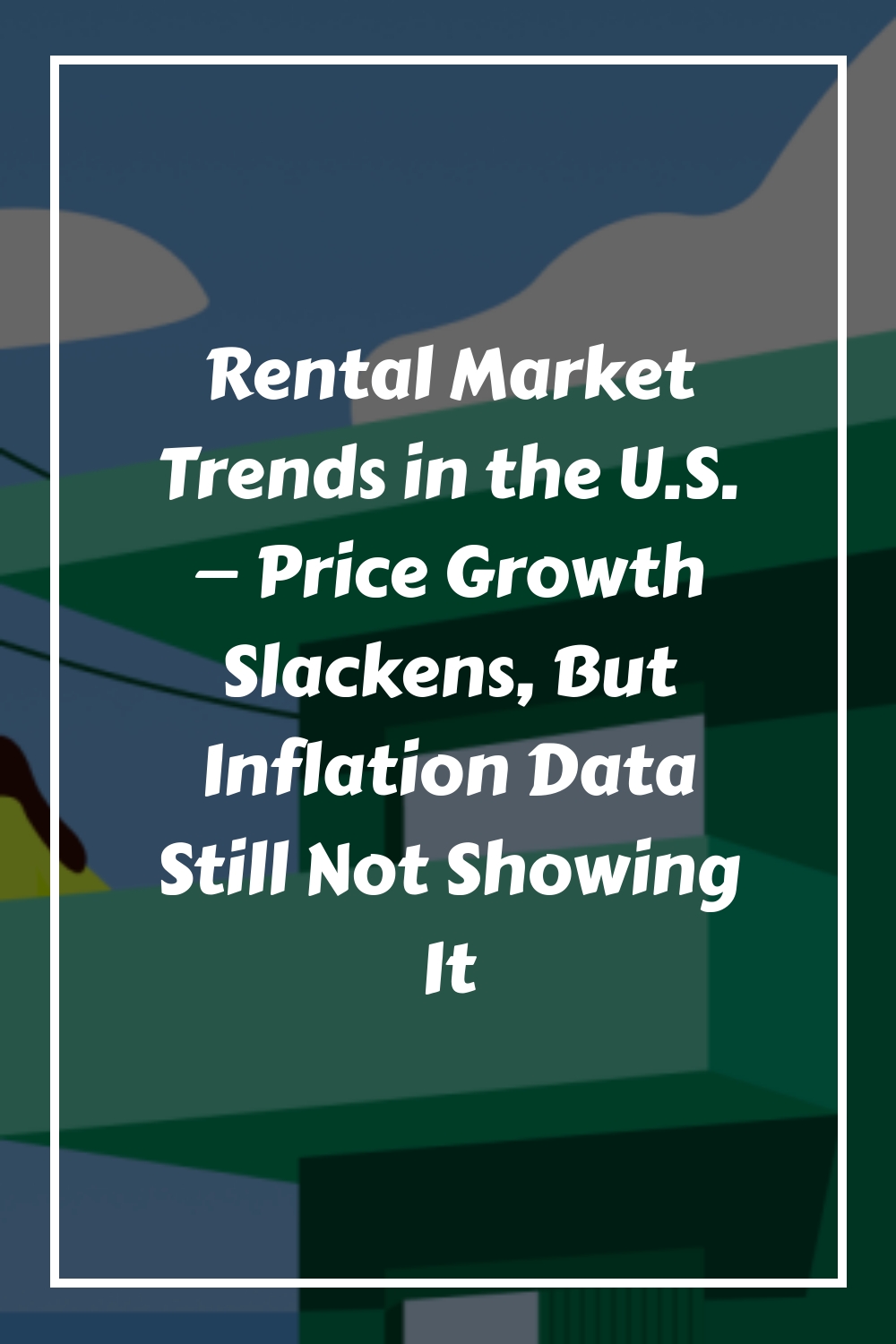Asking rents increased 3.6% in March 2024 compared to the same time last year, according to Zillow’s rental report for March.
Updated April 10 with the latest consumer price index data from the Bureau of Labor Statistics and the latest Zillow data for rental trends in March 2024.
Annual rental price growth remains slightly below pre-pandemic averages, according to the latest rental data from Zillow, the real estate website, for March 2024.
Rent prices are now 30% higher than they were before the pandemic, but rental growth seems to have slowed from the major spikes of 2021. In March, rents are 3.6% higher than at the same time last year. The average growth in 2018 and 2019 was 4.1%.
» MORE: Will rental housing prices drop in 2024?
The report also showed that rental vacancies were 6.6% for the entire fourth quarter of 2023 — the same as the pre-pandemic vacancy rate. “This indicates a market equilibrium,” according to the report. But vacancy rates were lower than the average in 22 of the largest metro areas in the U.S., which means rental housing availability is more difficult to come by in those places.
As for single-family housing, rents are now 36.6% higher than pre-pandemic prices – compare that with multifamily apartment prices which have gone up 23.6% since before the pandemic.
Here are some of the other notable rental market trends from that report for March:
- Rents average $1,983 across the U.S., a slight increase from the previous month.
- Median households spent 29.1% of their income on rent in March. Renters need to earn $79,307 in order to afford rent — an increase of 3.7% from the same time last year.
- Rent prices are up from a year ago in 48 of the 50 biggest metro areas in the country. The highest is in Providence, R.I., with an annual increase of 8.2% followed by Louisville, Ky. (6.9%) and Cleveland, Ohio (6.5%).
- Rent prices dropped compared to a year ago in two of the biggest metro areas. The declines were both in Texas: Austin (-3.3%) and San Antonio (-0.6%).
- San Jose, Calif. renters pay the highest typical prices at $3,277. The other metro areas with the highest typical rental prices include New York City ($3,206), Boston ($3,079) and San Francisco ($3,024).
- Single-family prices continue to outpace multifamily rentals. For single-family home rentals, prices grew 4.9% from the same time last year compared to multi-family home rentals, which grew just 2.7% since last year. That discrepancy is mainly due to the growth in multifamily rental inventory that’s outpacing single-family homes available for rent.
» MORE: 2024 Housing trends: Lower rates, lower rents, more affordability
Top rental increases and decreases in the U.S.
The following are the latest increases and declines from Zillow’s analysis of housing data in 50 cities for March 2024:
Cities with the top five highest annual rent increases:
Among all types of rental housing:
- Providence, R.I.: +8.2%
- Louisville, Ky.: +6.9%
- Cleveland, Ohio: +6.5%
- Hartford, Conn.: +6.4%
- Boston: +6.1%
Cities with the top five annual rent price declines or smallest increases:
Among all types of rental housing:
- Austin, Texas: -3.3%
- San Antonio, Texas: -0.5%
- Portland, Ore.: +0.1%
- Dallas: +0.2%
- Atlanta: +0.5%
Get more financial clarity with NerdWallet
Monitor your credit, track your spending and see all of your finances together in a single place.

Rent vs. inflation
Rent is a major contributor to inflation and the cost of rent is also impacted by inflation. The price index for shelter, which includes rent, makes up the biggest portion (34%) of the consumer price index, a proxy for inflation
.
The latest data from the Bureau of Labor Statistics released on April 10 shows that in March, shelter continued a more than 40-month increase. For March, shelter, which includes rent, was the largest contributing factor for the overall inflation increase, along with energy. It is also the largest contributing factor for the core inflation increase, which excludes food and energy.
For rent, specifically, the seasonally adjusted month-over-month increase from February to March (0.5%) was slightly higher than the January to February increase. Over the 12-month period ending in March rent alone was up 5.7%, roughly the same as the overall 12-month increase for shelter.
» MORE: What is the consumer price index?
There’s a lag in how rent data is reflected in the CPI, which means it takes longer for rental shifts in the market to show up in the report. The lag is primarily due to the cycle of renewals for leases. Since most leases last around a year, a renter’s costs will stay the same all year long. It’s only when the lease ends that a better understanding of the rental market emerges.
The rent-specific portion of CPI has been outpacing overall inflation for decades and most sharply began to diverge in the mid-to-late 2010s.
it’s more expensive to rent than ever before
More than 35% of households in the U.S. rent homes, according to 2017-2021 data from the U.S. Census Bureau
.
Over the past few years it’s become more expensive than ever to rent — especially since the beginning of the pandemic. In fact, rents were unaffordable in 2022 for 22.4 million households that paid rent — an all-time high — according to a recent report on America’s Rental Housing by the Joint Center for Housing Studies of Harvard University released on Jan. 25.
Spending 30% of your income on rent means a household is “moderately rent burdened,” but spending 50% or more means a household is “severely rent burdened” by federal standards
. The Harvard study found that in 2022, half of all renters spent 30% or more of their income on rent and utilities.
How did rent get so expensive?
The fast growth of rent costs since 2020 derives from a variety of factors, including:
Inflation. Higher costs across the board mean landlords pass on higher costs (such as rising wages for maintenance workers or repair costs) to renters. Higher rent costs contribute to inflation and the cycle repeats.
Lack of inventory. There is a shortage of vacant rental properties in general, and of affordable ones in particular.
Expired rent freezes and discounts. Landlords are making up for pandemic-era rent freezes and steep discounts in urban areas by hiking prices on new units and lease renewals.
A shifting workforce. As the pandemic increased the popularity of remote work, deep-pocketed renters sought larger homes in areas that had been previously relatively low-cost. This migration increased rents in suburban areas more than it lowered them in urban ones, yielding a net increase in rents.
More demand to live alone. Prospective renters are increasingly looking for studio and one-bedroom apartments, driving up demand for available housing, according to a November 2022 report from the real estate website StreetEasy.
Barriers to homeownership. Prospective homeowners remain renters for longer as they face high demand and low inventory of existing homes, rising mortgage interest rates, as well as supply chain disruptions that have made it more expensive and difficult to construct new homes.
As mortgage rates rose in 2023, housing prices cooled faster than rents, which are finally rising at a slower pace than in the last three years.
In 2022, a promising development began: Multifamily construction in 2022 reached a 50-year high nationwide, according to the rental listing service RentCafe. A new supply of housing is likely to bring down overall rent growth. And since many cities require inclusionary housing — meaning a portion of new housing must be affordable — new construction also means new affordable housing.
On Jan. 25, 2023 the Biden administration proposed a “Blueprint for a Renters Bill of Rights,” a new set of federal actions aimed at promoting rental affordability that also include guidelines to strengthen tenant protections .






